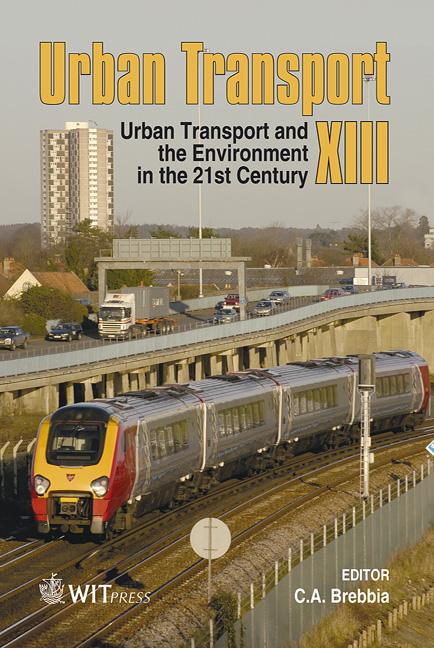Safety Of Users In Road Evacuation: Design Of Path Choice Models For Emergency Vehicles
Price
Free (open access)
Transaction
Volume
96
Pages
10
Published
2007
Size
612 kb
Paper DOI
10.2495/UT070761
Copyright
WIT Press
Author(s)
A. Vitetta, A. Quattrone & A. Polimeni
Abstract
Within the framework of the SICURO research project, the main objective of this paper is to define the procedures to be planned and activated in emergencies in order to allow the evacuation of weak users (disabled, old persons, etc.) from the area affected by a disaster and design the optimal path for emergency vehicles to reduce evacuation times. Specification, calibration and validation of a path choice generation model in order to simulate the behaviour of emergency vehicle drivers at an urban level during an evacuation is proposed. We specify the factors that affect path choice behaviour and the two main approaches: one to one and many to one. The first regards the minimization of generalized cost of a path that connects an origin to a destination; the second instead considers the connection of one origin to many destinations. We also report some experimental results, obtained in the context of the SICURO Project, by applying the proposed model to a real road transport network at urban scale during a simulation of an evacuation. Keywords: evacuation, path design, emergency vehicle. 1 Introduction In this paper we discuss some results obtained in the SICURO research project carried out by the LAST-Laboratory for Transport Systems Analysis of the Mediterranean University of Reggio Calabria and regarding path design for emergency vehicles. The main objective of this paper is to define the procedures to be planned and activated in emergency cases in order to allow the evacuation of weak users (disabled, old persons, etc.) from the area affected by a disaster and design the
Keywords
evacuation, path design, emergency vehicle.





